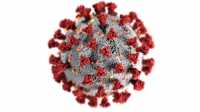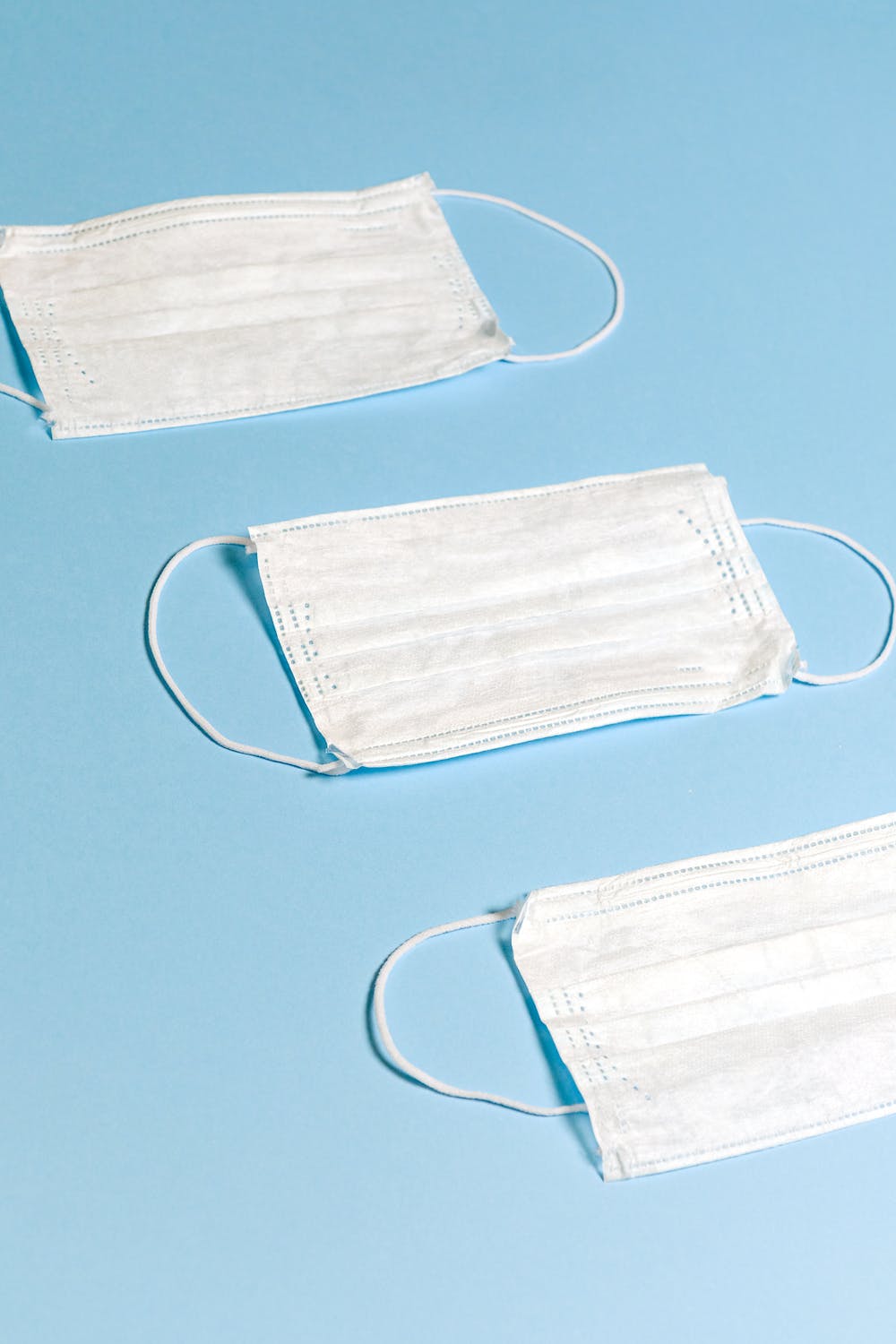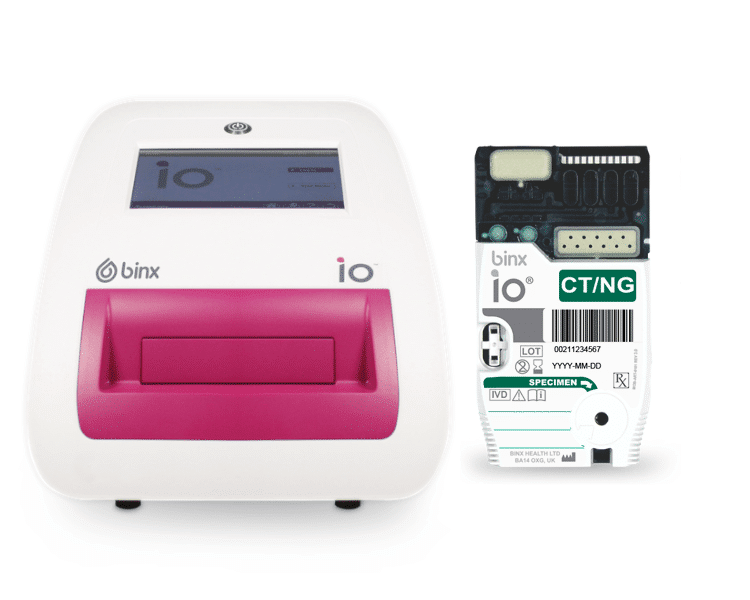Author Interviews, Biomarkers, COVID -19 Coronavirus / 17.07.2020
Overview of COVID-19 Serological Tests
MedicalResearch.com Interview with:
Abdi Ghaffari, Ph.D.
Associate Professor (adjunct)
Dept. of Pathology and Molecular Medicine
Queen’s University
MedicalResearch.com: What is the background for this study?
Response: SARS-CoV-2 virus has infected millions and changed our way of life by placing nearly 3 billion people under lockdown or some form of physical isolation. In the absence of a vaccine or reliable treatment, diagnostic testing must be a pillar of public health policy to control further spread of the virus and to guide gradual removal of lockdown measures.
COVID-19 antibody diagnostic tests are being increasingly used to assess the protective immunity status in the population. There are over 100 different COVID-19 antibody tests developed by companies worldwide in an effort to address this need. However, companies’ reported performance data are not always in line with the actual performance of these diagnostic tests in the real-world. In this work, we conducted a systemic review of independent studies (sponsored by academic or government institutions) that aimed to validate the performance of currently available COVID-19 antibody tests on the market. (more…)










![MedicalResearch.com Interview with: Dr Herman Anne Service de Dermatologie Cliniques Universitaires Saint-Luc Avenue Hippocrate, 10 1200 Bruxelle MedicalResearch.com: What is the background for this study? Response: In the context of the COVID-19 pandemic, several cases of acro-located lesions (on foot or hands) suggestive of chilblains have been reported and were possibly related to COVID-19. We wanted to determine if chilblains, observed in many patients recently referred to our department, are indicative of COVID-19. MedicalResearch.com: Would you briefly explain what is meant by chilblains? Response: Chilblains are frequent cold induced inflammatory lesions. Chilblains are typically seen in winter and occur after repeated exposure to cold temperatures. Clinical presentation includes erythema and swelling on toes and/or digits followed by red-purple macules or patches. However, given the large number of patients affected, and the exceptionally high outdoor temperatures for the spring season over the past month and at the time of case-observation, cold-exposure seemed unlikely. These lesions were, therefore, suspected to be associated with COVID-19. However, to date, no study has proven a pathological link between these lesions and COVID-19. MedicalResearch.com: What are the main findings? Response: In our series of 31 patients who recently developed chilblains, negative nasopharyngeal swabs and the absence of anti-SARS-CoV-2 blood immunoglobulin (Ig)M and IgG antibodies in all patients included in your study suggested that these patients had not been infected with COVID-19. These lesions appeared not to be directly related to COVID-19. MedicalResearch.com: What should readers take away from your report? Response: One hypothesis points to an indirect consequence of the COVID-19 pandemic due to imposed community containment and lockdown measures. Indeed, all patients in this study had either been working from home or were home-schooled since the beginning of containment measures in Belgium (March 11, 2020) or were temporarily unemployed. As a result of containment measures, the majority (64.5%) of patients reported a decrease in their physical activity and significantly more time spent in sedentary positions in front of screens. Most of the patients declared that they remained barefoot or in socks most of the day. All these lifestyle changes can be considered as risk factors for developing chilblains. Therefore, it seems plausible that containment, through its collateral effects, may induce chilblains. Interestingly also, the mean BMI of the patients included was relatively low, suggesting that thin people may be more at risk of developing chilblains. MedicalResearch.com: What recommendations do you have for future research as a result of this work? Response: During the current pandemic, several reports have suggested a possible link between cutaneous manifestations including aural lesions such as chilblains, and COVID-19, however, only few patients were tested for SARS-CoV-2 by RT-PCR and no serologic tests were performed. Therefore, reliable testings (RT-PCR and serologic testing) are essential to confirm a potential association with COVID-19. Citation: Herman A, Peeters C, Verroken A, et al. Evaluation of Chilblains as a Manifestation of the COVID-19 Pandemic. JAMA Dermatol. Published online June 25, 2020. doi:10.1001/jamadermatol.2020.2368 https://jamanetwork.com/journals/jamadermatology/fullarticle/2767774 [subscribe] Last Modified: [last-modified] The information on MedicalResearch.com is provided for educational purposes only, and is in no way intended to diagnose, cure, or treat any medical or other condition. Always seek the advice of your physician or other qualified health and ask your doctor any questions you may have regarding a medical condition. In addition to all other limitations and disclaimers in this agreement, service provider and its third party providers disclaim any liability or loss in connection with the content provided on this website.](https://medicalresearch.com/wp-content/uploads/2020/06/chilblain-example-dermnet-nz.jpg)




![MedicalResearch.com Interview with: Sarah Messiah, PhD, MPH Professor of epidemiology, human genetics, and environmental sciences UTHealth School of Public Health Dallas MedicalResearch.com: What is the background for this study? Response: Given that obesity is a prevalent, serious, complex, chronic, and relapsing disease, and severe obesity is a deepening crisis, it is important to pay special attention to these challenges during the COVID-19 pandemic. This will avoid placing an even greater burden on individuals, health systems, and society in the post-COVID-19 recovery phase. Thus, it is critically important to document, in real time, how socioecological determinants of health are impacting behaviors among those with obesity. Before our study, how the COVID-19 pandemic is impacting weight management, health behaviors, and psychosocial health in particular among people with obesity was unknown. MedicalResearch.com: What are the main findings? Response: A total of 123 patients (87% female, mean age 51.2 years, mean BMI 40.2, 49.2% Non-Hispanic white, 28.7% Non-Hispanic black, 16.4% Hispanic, 7% other ethnicity, 33.1% completed bariatric surgery were included). -Two patients tested positive for SARS-CoV-2 and 14.6% reported symptoms. -10% lost their job since the beginning of the pandemic -25% reported food insecurity in that they sometimes, or always could not afford to eat balanced meals -72.8% reported increased anxiety and 83.6% increased depression since stay-at-home orders were initiated. -69.6% reported more difficultly in achieving weight loss goals -47.9% reported less exercise time and 55.8% reported less intensity -49.6% reported increased stockpiling of food -61.2% reported stress eating -61.2% reported following healthy diet plans more challenging - Hispanics were less likely to report anxiety versus non-Hispanic whites MedicalResearch.com: What should readers take away from your report? Response: In a relatively short period of time, our results show that there have been substantial perceptions in changes in health behaviors among patients with obesity. Our sample described a decreases in positive health behaviors, increases in deleterious behaviors and associated deterioration in mental health. Even though actual COVID-19 disease burden was low (1.7% tested positive for COVID-19 and another 14.6% reported symptoms), the pandemic is having a significant impact on those without infections. The major strength of this study is that it is the first snapshot into how the COVID-19 pandemic has influenced health behaviors for patients with obesity. Prior to the pandemic, it has been reported that Americans consume 20% of their calories from restaurants and that there are worsening disparities in fast food meal quality by race/ethnicity, education, and income. Due to recent economic challenges, patients may be more likely to select cheaper foods, which are often energy dense and nutrient poor. Therefore, even though we found more patients are cooking at home, the type of foods that are being stockpiled are likely to be processed foods due to their longer shelf life. These are associated with greater intake of fat, carbohydrate, and calories, which facilitate greater weight gain when compared to more balanced diets. It is possible Americans may be trading one pattern of low-quality consumption for another by choosing cheaper processed foods instead of eating out. MedicalResearch.com: What recommendations do you have for future research as a result of this work? Response: These results have implications for clinical practice and management of patients with obesity as we now move into post-COVID-19 relief efforts. Due to the increase in obesogenic behaviors related to the COVID-19 pandemic that were found here, it is paramount that healthcare access is not disrupted for patients with obesity. Maintaining these vital services will prevent exacerbating the negative health and economic consequences of excess body weight. This includes access to primary care providers, Obesity Medicine specialists and bariatric surgery programs. In addition to asking about diet and exercise patterns, screening for indicators of mental health, loneliness, financial stressors and behaviors that may influence body weight should be implemented by healthcare teams to combat this problem. Disclosures: This work was funded by the National Institutes of Health, National Institute on Minority Health and Health Disparities (Grant #R01MD011686). This work was a joint collaboration among investigators from UTHealth School of Public Health, UT Southwestern Medical Center and Minimally Invasive Surgical Associates. Citation: Almandoz, J.P., Xie, L., Schellinger, J.N., Mathew, M.S., Gazda, C., Ofori, A., Kukreja, S. and Messiah, S.E. (2020), Impact of COVID ‐19 Stay‐at‐Home Orders on Weight‐Related Behaviors Among Patients with Obesity. Clin Obes. Accepted Author Manuscript. doi:10.1111/cob.12386 [subscribe] [last-modified] The information on MedicalResearch.com is provided for educational purposes only, and is in no way intended to diagnose, cure, or treat any medical or other condition. Always seek the advice of your physician or other qualified health and ask your doctor any questions you may have regarding a medical condition. In addition to all other limitations and disclaimers in this agreement, service provider and its third party providers disclaim any liability or loss in connection with the content provided on this website.](https://medicalresearch.com/wp-content/uploads/2020/06/Dr-Sarah-E.-Messiah.jpg)












